Ace Inhibitor Angioedema Treatment
Ace inhibitor angioedema treatment. Other causes of bradykinin-mediated angioedema may be treated with FFP. Angioedema is a rare but potentially fatal side effect of angiotensin-converting enzyme inhibitor ACEi treatment. In contrast bradykinin-mediated angioedema wont respond to these treatments and tends to progress slowly over a period of hours.
Angioedema is a self-limiting and localized swelling of the skin and mucosal membranes usually. General measures to treat ACE inhibitor-induced angioedema can include. Reaction can occur months to years after starting an ACE Inhibitor Treatment is withdrawal of medication and supportive care ACE-Inhibitor Angioedema will recur with ARB agents in 8 of patients Reactions may be severe and life threatening with complete airway closure.
Histamine-mediated angioedema will almost always respond rapidly to aggressive treatment with antihistamine steroid and possibly epinephrine. Icatibant is a bradykinin receptor antagonist and is FDA approved for use in hereditary angioedema. Thus ACEI-AAG may represent a growing problem.
1718 Studies report that anywhere from 13 to 22 of patients with ACE inhibitorinduced angioedema will require airway intervention. Supportive care and monitoring. Patients on ACE inhibitors were often treated with medications known not to be effective for ACE angioedema.
Patients with HAE should receive a medication indicated for treating HAE such as a C1-INH inhibitor ecallantide or icatibant. ACE inhibitorinduced angioedema accounts for 17 of all patients admitted to medical centers for the treatment of angioedema. When given within 10 hours of symptom onset for ACE inhibitor induced angioedema icatibant shortened the time to complete resolution of edema.
Specific measures to treat ACE inhibitor-induced angioedema can. Treatment modalities include antihistamines steroids and epinephrine as well as. ACE inhibitors can cause a non-allergic drug reaction which can precipitate angioedema stop ACE inhibitor treatment immediately and consider starting an alternative drug treatment.
What is the treatment for ACE inhibitor-induced angioedema. ACE-inhibitor induced angioedema ACEI-AAG accounts for about a third of angioedema cases presenting to the emergency department.
ACE inhibitorinduced angioedema accounts for 17 of all patients admitted to medical centers for the treatment of angioedema.
Thus ACEI-AAG may represent a growing problem. Found a prevalence between 012 and 03 1. If possible avoid angiotensin-II receptor antagonists as these can also trigger episodes of angio-oedema. Angioedema is a self-limiting and localized swelling of the skin and mucosal membranes usually. In contrast bradykinin-mediated angioedema wont respond to these treatments and tends to progress slowly over a period of hours. MANAGEMENT The primary treatments of ACE inhibitor-induced angioedema are acute airway management if the mouth or throat is involved until the angioedema episode has resolved and discontinuation of the drug. What is the treatment for ACE inhibitor-induced angioedema. Standard emergency room treatment of ACE-inhibitorinduced angioedema consists of symptomatic treatment with glucocorticoids and antihistamines. A recent systematic review by Aygoren-Pursun et al.
Adrenaline antihistamines and steroids are unhelpful. Adrenaline antihistamines and steroids are unhelpful. Angioedema AE occurring during ACE inhibitor therapy ACEi-AE is a rare complication involving between 01 and 07 of treated patients. In contrast bradykinin-mediated angioedema wont respond to these treatments and tends to progress slowly over a period of hours. ACE inhibitors are increasingly popular with the new JNC 8 guidelines up-grading them to a first-line drug for hypertension. A recent systematic review by Aygoren-Pursun et al. 1718 Studies report that anywhere from 13 to 22 of patients with ACE inhibitorinduced angioedema will require airway intervention.







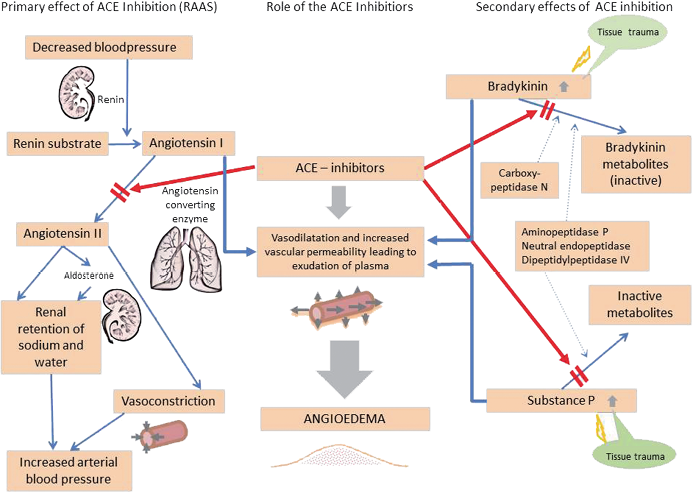




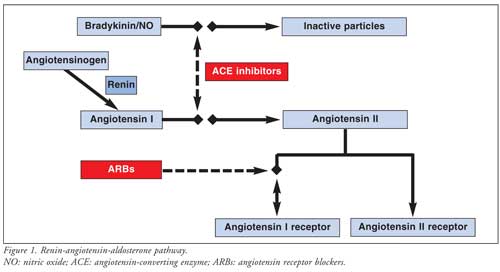











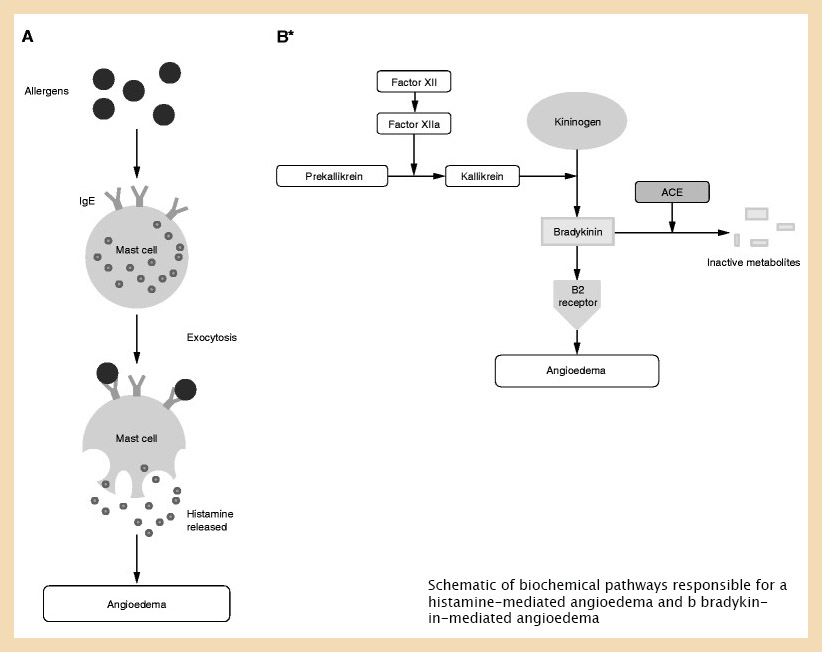



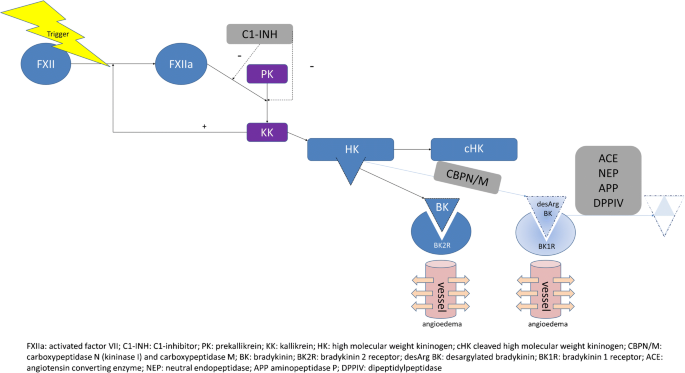



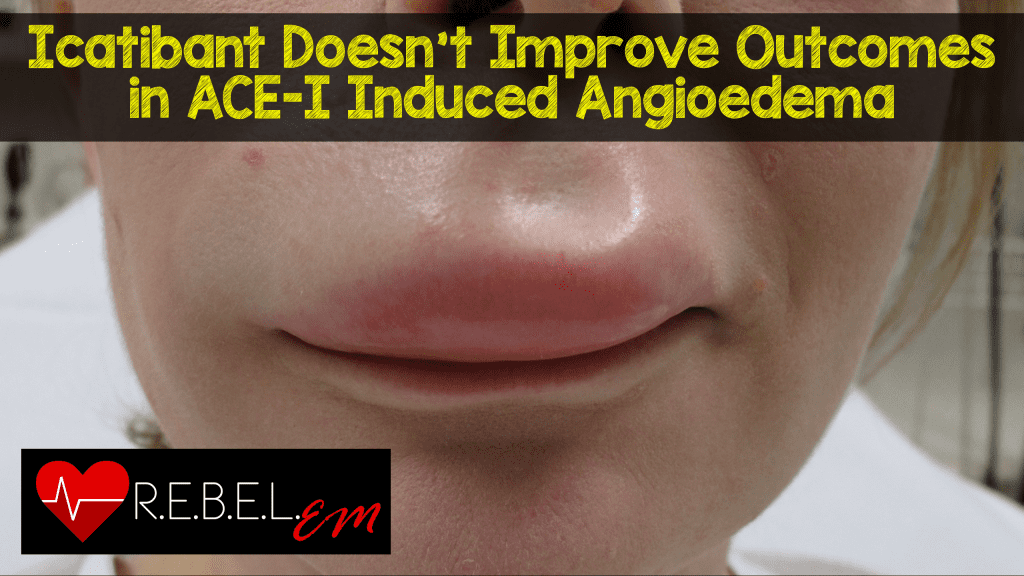



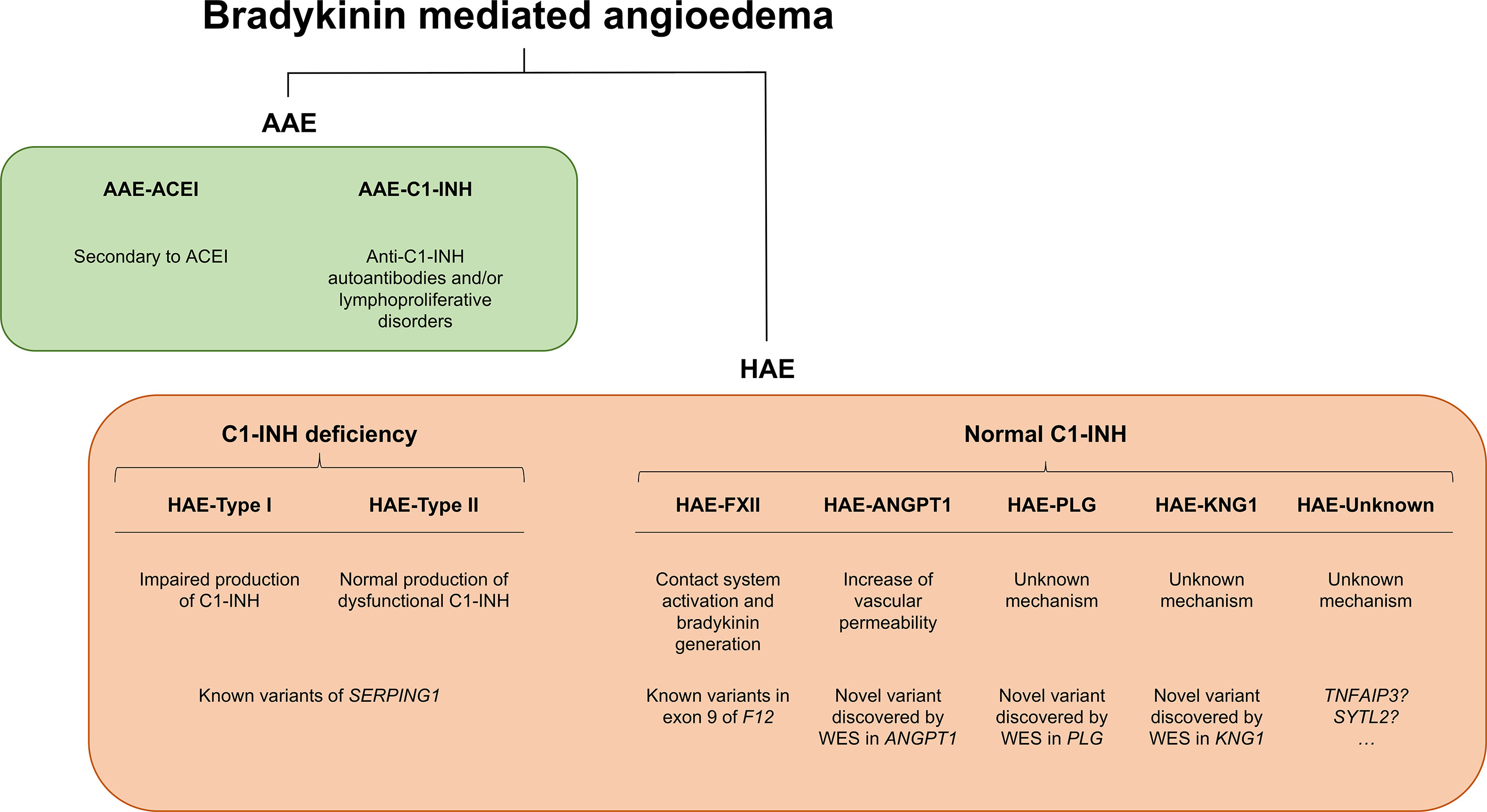






Post a Comment for "Ace Inhibitor Angioedema Treatment"